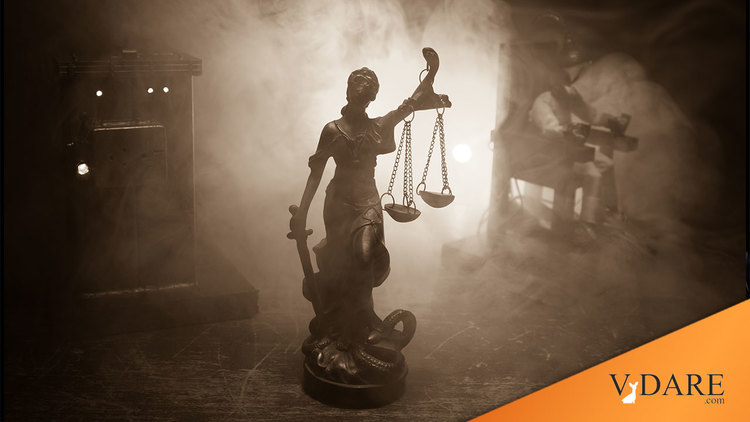


By Steve Sailer
09/01/2011
The New York Times editorializes:
EDITORIAL
The Military and the Death PenaltyRacism in the application of capital punishment has been well documented in the civilian justice system since the Supreme Court reinstated the penalty in 1976. Now comes evidence that racial disparity is even greater in death penalty cases in the military system.
Minority service members are more than twice as likely as whites — after accounting for the crimes’ circumstances and the victims’ race — to be sentenced to death, according to a forthcoming study co-written by David Baldus, an eminent death-penalty scholar, who died in June.
The analysis is so disturbing because the military has made sustained, often successful efforts to rid its ranks of discrimination. But even with this record, its failure to apply the death penalty fairly is more proof that capital punishment cannot be free of racism’s taint.
You know, if you do a study of star football running backs, after accounting for the circumstances, such as honors earned at that level, the whites will go on to be victims of racism in college, and then again in the pros. How do we know that? Because of disparate impact.
Alternatively, if one group has a bell curve shifted versus another group, the shift tends becomes more extreme the more extreme the selection critieria, whether for starring as running backs or committing heinous crimes. But, who could expect The New York Times editorial board to be familiar with and grasp the logic of normal probability distributions, as explained by La Griffe du Lion. Why should they? He’s some pseudonymous academic.